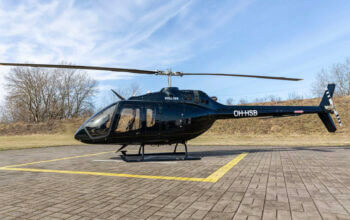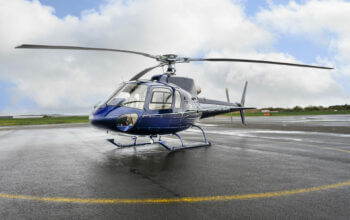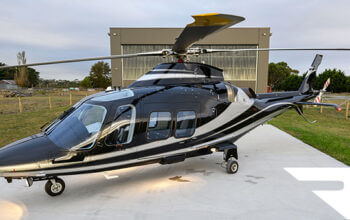Estimated reading time 9 minutes, 10 seconds.
As the year — and the decade — come to a close, we thought we’d round up our 10 most popular articles of 2019. Canadian aerospace OEM news features prominently on this list, as does the future fighter procurement and milestone moments such as Harbour Air’s electric-powered Beaver flight.
Here’s a brief recap with links to all stories. In the meantime, the Skies team would like to take this opportunity to wish all our readers a very Happy New Year and blue skies for 2020!
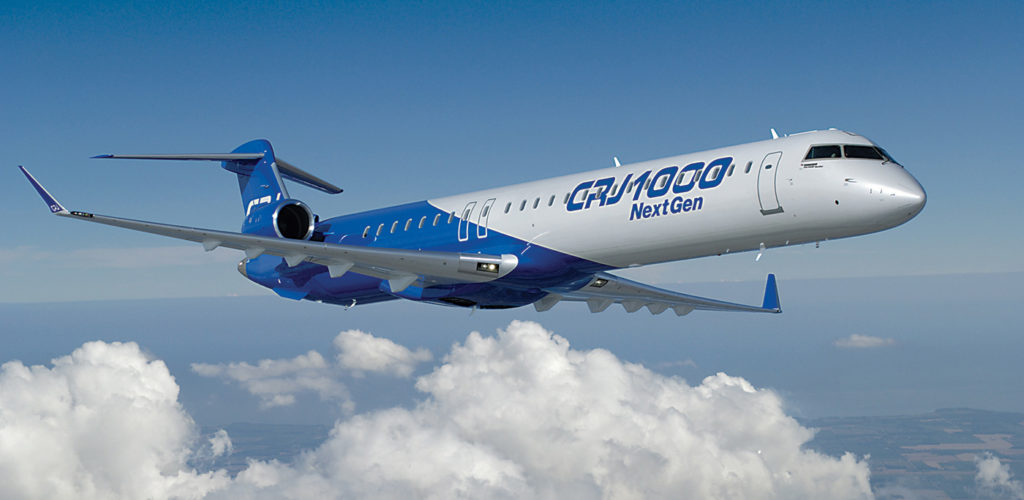
1. Roller-coaster ride: The rise and fall of Bombardier Commercial Aircraft — In June, Bombardier announced it was selling its stake in the Canadair Regional Jet Program to Mitsubishi, officially ending the Canadian OEM’s commercial aircraft division. Writer Kenneth I. Swartz details the tumultuous journey that was Bombardier Commercial Aircraft, from its high point as the world’s third-largest commercial aircraft manufacturer to the eventual loss of market share, production drops and financial losses resulting from the $6 billion development of the C Series — a venture that nearly destroyed the company.
2. De Havilland Aircraft of Canada returns to the skies — Longview Aviation Capital resurrected the iconic de Havilland Canada name in June, after purchasing Bombardier’s Dash 8 program for approximately $300 million.

The new De Havilland Aircraft of Canada Ltd. announced it would continue to produce, service and support Dash 8-400 aircraft from the Downsview facility in Toronto until the sub-lease agreement expires in 2023. De Havilland has said it has contingency plans in place if it cannot negotiate a subsequent agreement to stay in Downsview.
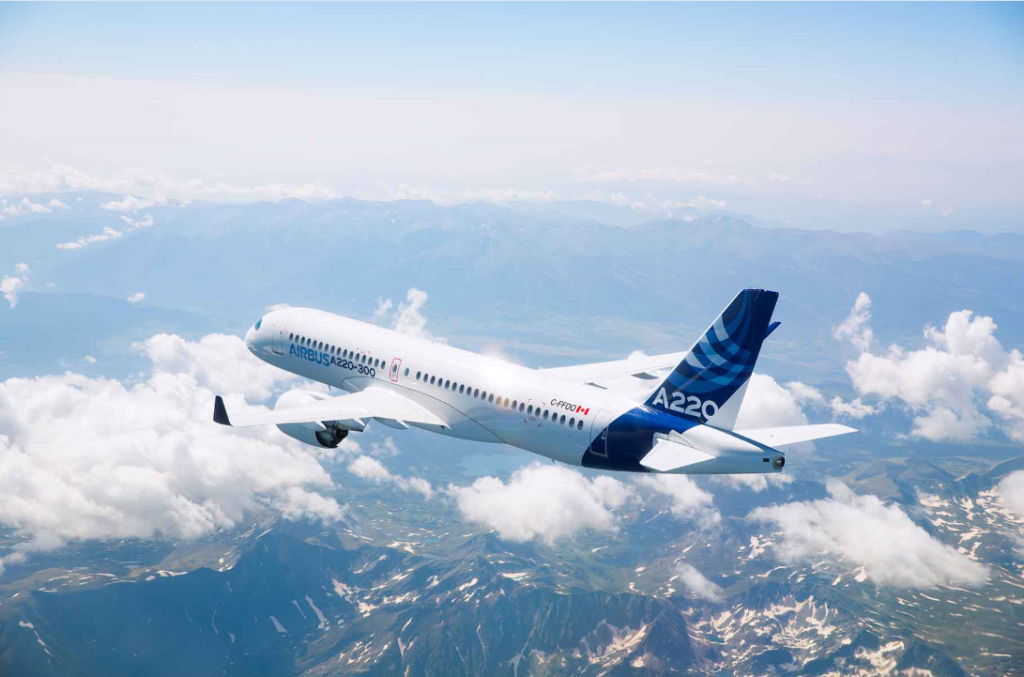
3. Airbus seeing ‘momentum’ on A220 — About two months before Airbus delivered Air Canada’s first A220 in December, writer Brent Jang checked in on the program formerly known as the Bombardier C Series. Although Airbus opened a second A220 production facility in Mobile, Ala., in August, the OEM said it would continue production at its site in Mirabel, Que., which employs 2,200 people.
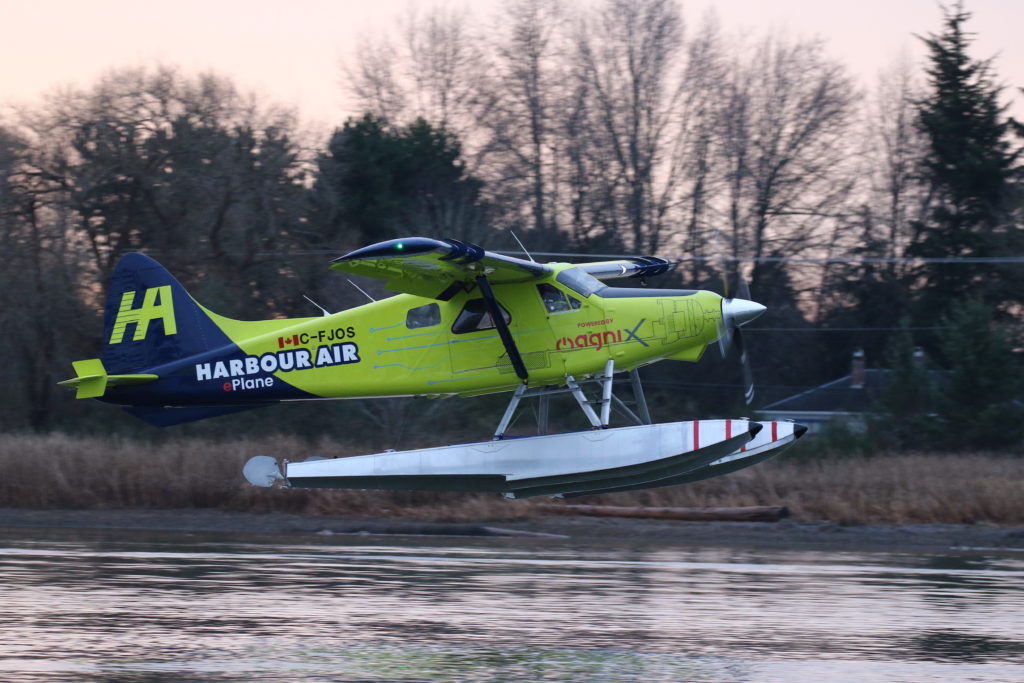
4. Harbour Air makes history with electric-powered Beaver flight — In early December, Richmond, B.C.-based Harbour Air successfully converted a 63-year-old de Havilland Canada DHC-2 Beaver into the world’s first fully-electric commercial passenger aircraft, powered by a MagniX electric propulsion system. Writer Howard Slutsken was at Vancouver International Airport’s floatplane terminal to cover the aircraft’s historic first flight.
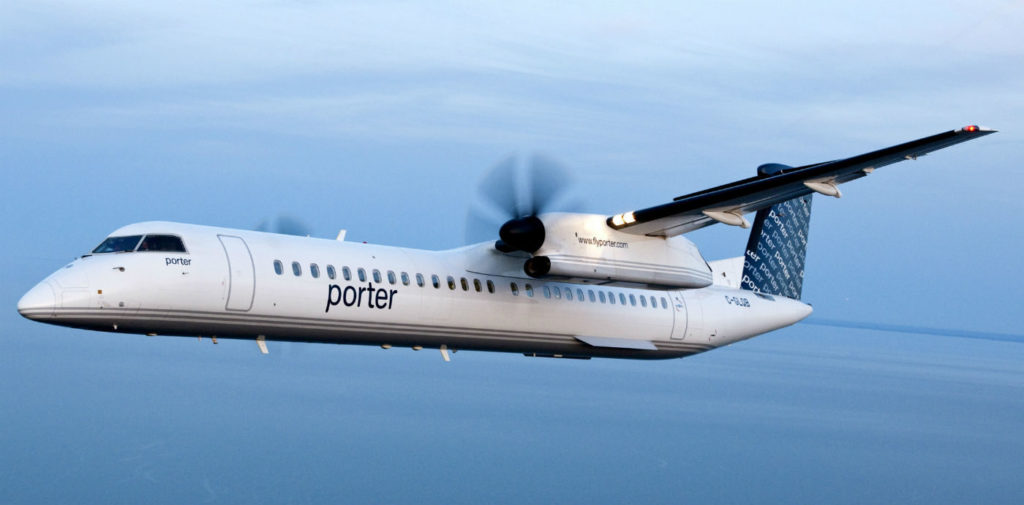
5. De Havilland contemplates stretched, shrunken Dash 8-400 — Re-established by Longview Aviation Capital, De Havilland Aircraft of Canada is considering variations on a theme for the Dash 8-400 aircraft. Brent Jang details how the OEM will conduct market demand assessments for stretched and shrunken versions of the aircraft, formerly known as the Q400 under Bombardier.
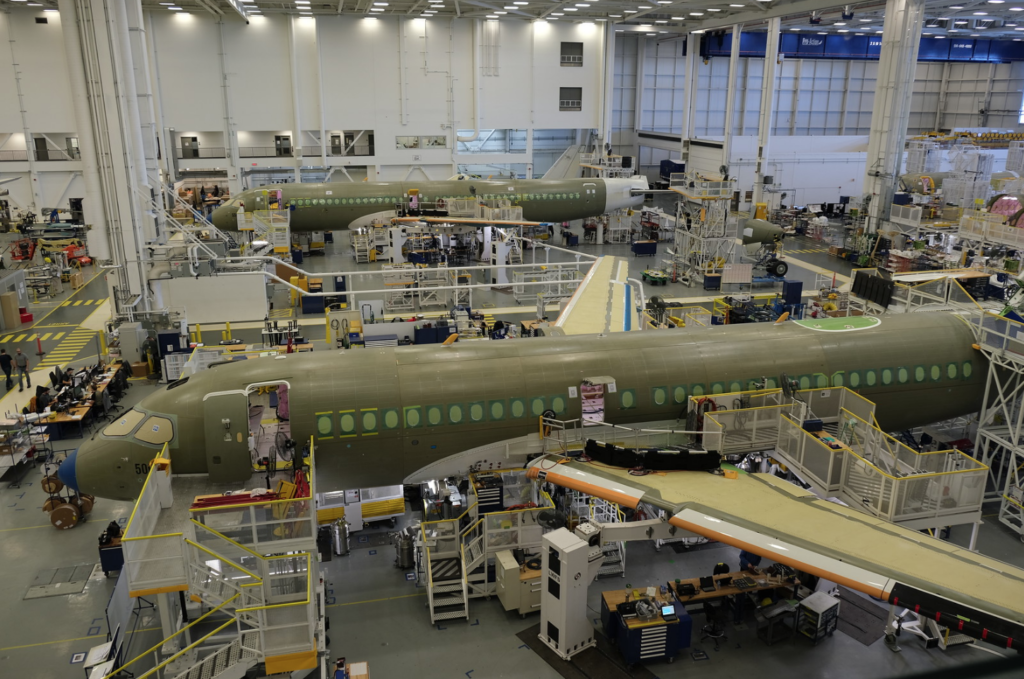
6. Airbus, Bombardier advise patience concerning A220 orders — In April, writer Chris Thatcher attended the Global Supply Chain Summit in Montreal, where Airbus and Bombardier came together to deliver an update on the A220 (formerly C Series) production program and future cost reduction challenges.
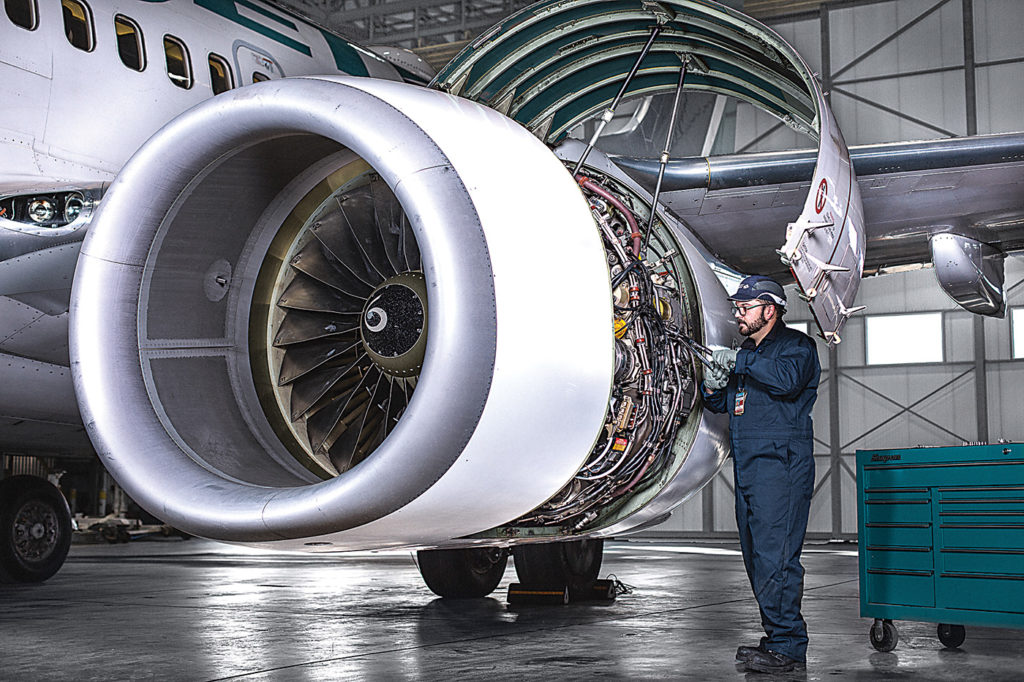
7. Help in the hangar: Tackling the AME shortage — It’s not just the pilot shortage that is plaguing aviation and aerospace; there’s a serious lack of aircraft maintenance engineers, too. Some predictions say that 769,000 new maintenance technicians will be needed to maintain the world fleet over the next two decades. Editor Lisa Gordon examines the AME shortage here at home.

8. The Rubik’s Cube of fighter procurement — Former CF-188 Hornet pilot Alan Stephenson details the long, drawn-out saga of Canada’s fighter jet replacement program. Politicization of the process is harming the RCAF’s ability to select the most capable future fighter for the next generation of aviators, he writes.

9. Plane Savers D-Day Douglas DC-3 flies again — Mikey McBryan of Ice Pilots NWT fame and his Plane Savers crew restored a Second World War-era Douglas DC-3 that flew behind German lines in Normandy on D-Day. Kenneth I. Swartz describes the long process of getting the aircraft airworthy in time for the 75th anniversary of D-Day on June 6, and the related Plane Savers video series that McBryan produced, which attracted massive online interest.
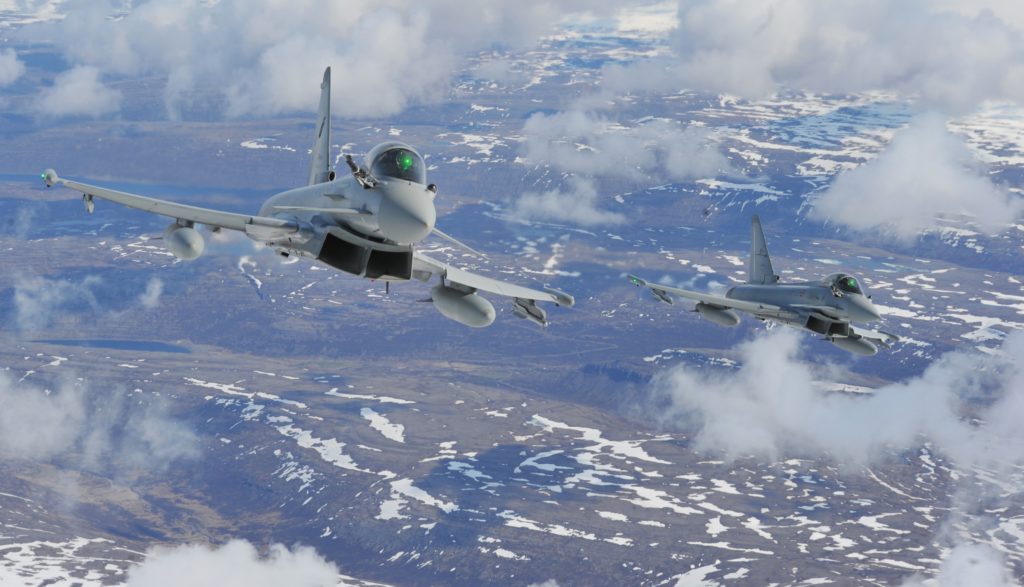
10. Typhoon withdrawn from Canadian fighter competition — At the end of August, Airbus withdrew its Eurofighter Typhoon from the procurement competition to replace the RCAF’s fleet of legacy CF-188 Hornets. The company said two factors led to the decision: first, that NORAD security requirements in the competition placed too significant a cost on platforms whose manufacture and repair chains sit outside the United States-Canada 2-EYES community; and second, “the significant recent revision of industrial technological benefits (ITB) obligations does not sufficiently value the binding commitments the Typhoon Canada package was willing to make, and which was one of its major points of focus.”





